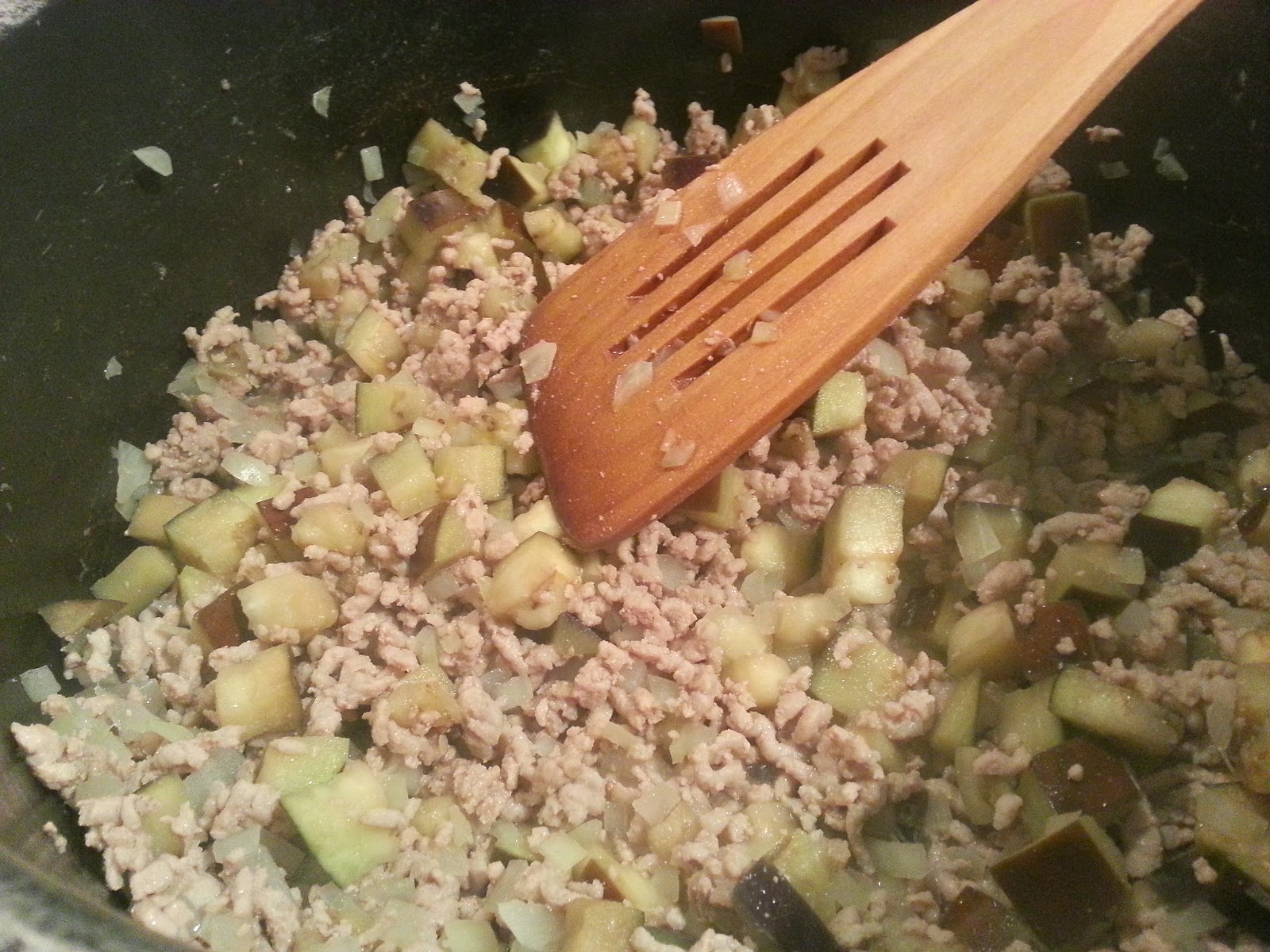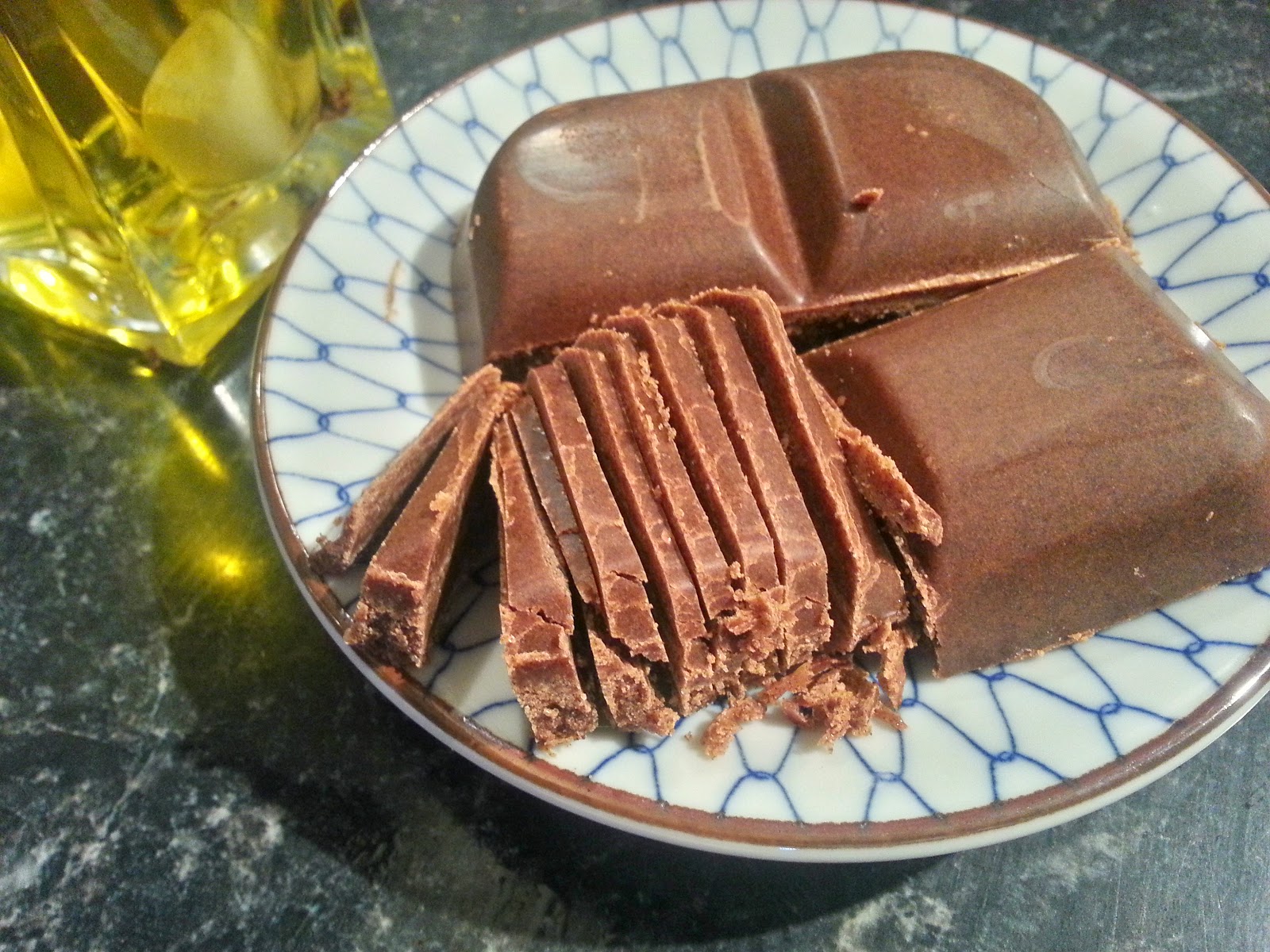The season of spring savoy cabbage is on, UK supermarkets are competing some extreme sale between them lately. The price is not the only thing getting my attention, but the colour of the cabbages have changed from the winter dark to bright green of spring, shouting out loud from the shelf to me.
I love this cooking 'cause those rolls provide plenty of different vegetables and nutrition in one go, they are so tasty, pleasure to handle the all beautiful spring season colours, and at the end, it comes pretty economic (roughly about £3 for all?).
My cabbage rolls are to enjoy the cabbage. The layer of cabbages cooked soft and juicy, well absorbed the taste from the soup come out from the bit of beef makes us pure joy!
Ingredients (for 8-9 rolls enough for 3-4 people):
250g minced beef (I use 12% fat or more, because that's the only fat comes out in this cooking and even you scoop them out during cooking)
1 medium size savoy cabbage
1 onion finely minced
1 small carrot finely minced (either by hand or food processor)
2 bunch of spring onion (green onion in US) sliced thin or minced by food processor
1 pointy bell pepper minced by hand - is much better taste for bell pepper
condiments for meat mixture
* 1/4 tsp grand nutmeg
* 1 tsp smoked paprika powder
* 1/2 tsp dried thyme
* 1 tsp dried marjoram
* 1/2 tsp grand black pepper
* 1 tsp salt
* 1/2 cup of water from boiling cabbage
for sauce
- 1/2 can of chopped tomato
- 1/2 tsp dried thyme
- 1 tsp dried marjoram
- 1 tsp dried basil
- 1 bay leaf
- tsp sugar
- salt and black pepper to taste
- all remained water from boiling cabbage
(optional: some butter)
Method:
1. Prepare the cabbage. Rinse the cabbage then peel out the last one layer of dark outside leafs that not tightly closed to the cabbage, leave them aside.
2. Prepare a pot that the cabbage can fit easily in. Put the cabbage in the pot, pour in water, just to cover up near the top of the cabbage, then take the cabbage out. Put the pot on a hob and boil the water up.
3. Stub the stalk of cabbage by a cooking folk, that you can use as a handle of the cabbage. Dip the cabbage in the pot of boiling water, leave it for about 30 seconds - the cabbage leaf on outside become soft and easy to peel. Take the whole cabbage out on a large strainer, peel the softened leafs cut the leaf out using a knife at the near to the stalk. Repeat this process to peel off as many leafs as you can, until it get to very core, about 4-5cm radius ball. Keep the leaf in order of peeling - this will help you sorting them later. Cut the core out from the remaining stalk.
4. Once you peel them until the core, now boil the stalkside of each leafs in the boiling water for another 30 seconds. Keep the order of leafs but in other way around now - so the smallest ones goes to the bottom and the largest ones comes at the top of pile.
5. Boil also the core ball and the very outside leafs kept from step1 until it gets enough soft. Cut them in to mince.

6. Sort the leafs into individual roll set: On your cutting board or clean kitchen table, take the leafs from the top of the pile (means from the largest ones), deal them in to 8-9 piles - the number of rolls you want to make - like cards; deal the leafs up to the number, once you hit to the last one (8 or 9), then return back from the last one to 1st one in back order. Next line go up from the first one again, repeat until you deliver all leafs into piles. (This should give almost equal quantity and surface of cabbage for each rolls)

7. For each group of leafs, go through them one by one and trim the hard center vain of leaf (but keep the order of leafs): place the leaf outside up on a cutting board, slice out the center hard vain to nearly the leaf thickness using a sharp knife. Mince the sliced vain remains very thin and set aside with the minced core and outside leafs.
8. Make mixture of meat. Put the minced beef, the minced cabbage leafs from above, all other minced vegetables and all condiments for the meat except the water from boiling cabbage in a bowl. Mix them well using your hand; the mass should be hard and dry at this point, start adding the warm water remained from boiling cabbages little by little (if you forgot keeping it, don't worry but just use some warm water). Keep adding the water with mixing the meat, until the mixture get quite sticky and soft so you can make the mass together easily, up to about 1/2 cup.
9. In a bowl, roughly divide the meat mixture into number of rolls you are going to make. Take the group of leafs one by one, then fill the center smallest leaf with the divided meat mixture. Don't force to fill the all portion, the amount you cannot fit in to the smallest center leaf. You can make small meat balls with remaining and put them together later.
Isn't it so beautiful, just like blossoming a bunch of spring flowers?
10. Now rolling them. Place number of toothpicks handy. Take one group from them then take the center small leaf with meat mixture in your hand. Pull straight the leaf easily and wrap up the meat by the leaf: if you have some remained mixture and you think you can fit some more in the leaf without opening too much gap, add more mixture to form just fitting wrap.

11. Open up the second leaf - the center stalk side top and inside up like picture, then place the first roll - opening gap side down, stalk side up. By doing this, the stalk doesn't come over another stalk so it will be easier to roll, and also the layers of cabbage in the rolls get even when you cut.

12. If you have enough width going around the core, tack up the side inward at the near end, hold them together then put on the third leaf in the same way. Continue this to use up all leafs from the group.

It's a bit tricky but try to make the rolls as tightly rolled as you can.
12. At the end of rolling the last leaf, staple the leaf end by a toothpick. Basically stub from a side of center vain over the top leaf, push it through with the leaf under and push it out from other side of stalk. Be really careful not to stub your fingers!
* Extra step if you like a rich taste: you can easily fry them on a fry pan with some butter, until each side gets lightly brawn colour. I don't do this for spring cabbage 'cause I like the sweetness of the spring cabbages as it is.
13. Once all rolls are done, place them stand and lined in a pot: the stalk end of leaf down. You need to select a pot just to fit them all; the tighter the better because it doesn't get lose during the long cooking.
Look how pure spring colour they can be! Just feel pleasure looking at them in my pot.
14. Pour 1/2 can of chopped tomato and 1 tsp salt and some black pepper, pour the remained water from boiling the cabbage, then pour over cold water until just the height of rolls.
15. Cover the pot with the lid and put the pot on a hob with medium high heat. Once it start to boil, open the lid and skim the scum for about 5 minutes. If you don't like fat, then continue scoop them out whatever comes out for the next 10 minutes.
16. Add all remained condiments, turn the heat down to medium; to keep the pot simmering a bit hard with the lid.
17. Keep cooking for about 1/2 hour, check the taste of salt and adjust to your taste, then keep cooking another 1/2 hours, until the sauce reduce to 1/4 in the pot and the rolls are braised with the sauce; if the sauce reduce too quickly, then add some more water and adjust the heat.
18. Once ready, take out the bay leaf. The rolls are very soft, so be extra careful when you pull them out from the pot.
Serve them hot with some steamed rice or mashed potato, some sauce on them. I love them on some cuscus too.
Don't forget to remove the toothpick before you dig in!
















































